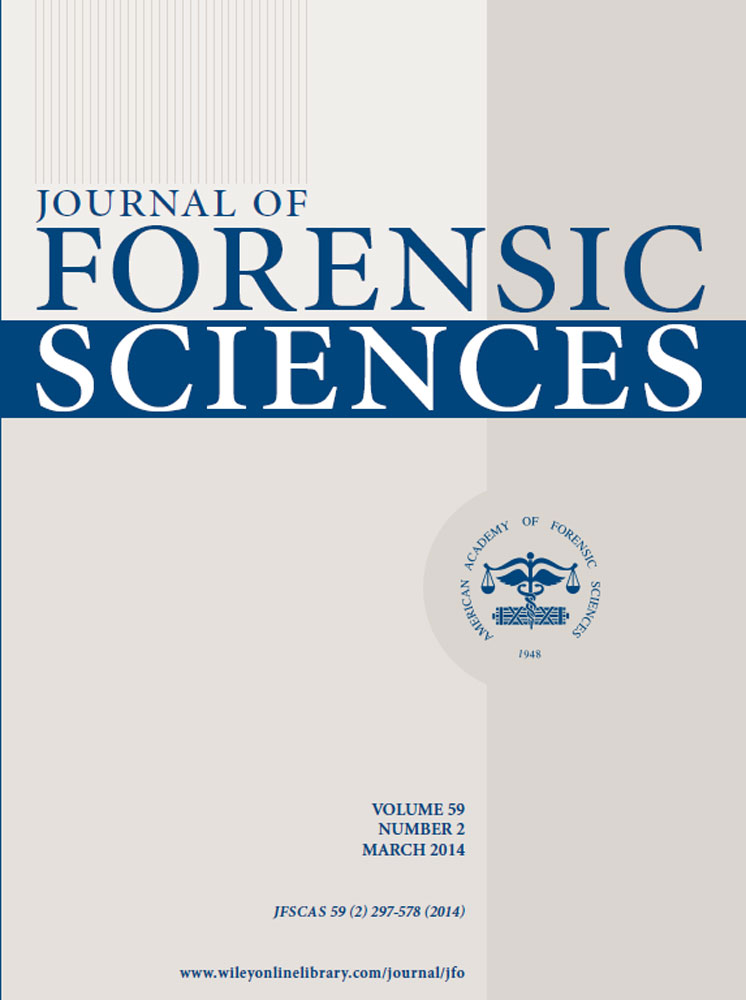The Effects of Sharp-Force Thoracic Trauma on the Rate and Pattern of Decomposition†
Abstract
Given the multiple factors that may alter the rate of decomposition, one of the more difficult tasks that anthropologists and pathologists face is determining of the postmortem interval (PMI). While trauma has been widely accepted as being among those factors, recent published studies have contradicted this premise. However, major issues exist with these studies. Consequently, this study was designed to simulate a more realistic setting in an effort to settle this discrepancy in the literature. This study utilized eight porcine remains; three of which received incised wounds penetrating the thoracic cavity, three others received nonpenetrating wounds, and two were designated nontrauma controls. Measurements included evaluating the total body score (TBS) on temporal and accumulated degree days (ADD). Using a two-way repeated measures ANOVA, the results of this study found that while trauma does have an influence in the pattern of decomposition, it does not influence the rate of decomposition.




